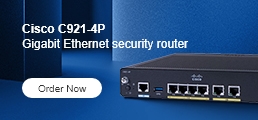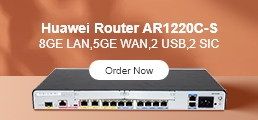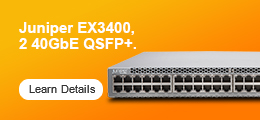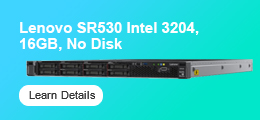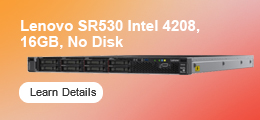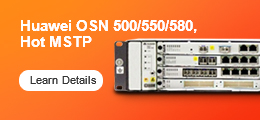For small and medium-sized enterprises (SMEs), effective network segmentation is crucial for security, performance, and scalability. Cisco Catalyst 9300 Series switches support robust VLAN (Virtual Local Area Network) capabilities to help you logically separate devices while maintaining flexibility and ease of management.
This guide explains how to configure VLAN on Cisco 9300 switches, covering VLAN ID rules, step-by-step CLI commands, and best practices to ensure a stable network environment.
What Is a VLAN and Why Use It?
A VLAN logically segments a Layer 2 network, grouping devices by department, function, or security level, independent of physical location. This improves:
- Security: Isolate HR, Finance, or IoT devices to limit unauthorized access.
- Performance: Reduce broadcast traffic and congestion.
- Management: Apply consistent policies regardless of physical connection.
- Scalability: Expand your network without complex physical rewiring.
Rules for VLAN ID Assignment
Before configuration, understand these VLAN ID rules:
- Normal Range (1–1005): Used for most enterprise deployments. VLAN 1 is the default and cannot be deleted; VLANs 1002–1005 are reserved.
- Extended Range (1006–4094): For advanced use or service providers; requires VTP version 3 for propagation.
Using organized VLAN IDs (for example, VLAN 10 for Sales, VLAN 20 for HR) simplifies management.
Step-by-Step VLAN Configuration on Cisco 9300
1. Connect and Enter Configuration Mode
- Connect via console cable or SSH.
- Enter privileged EXEC mode:
enable- Enter global configuration mode:
configure terminal2. Create a VLAN
vlan 10
name SALES
exit3. Assign an Access Port to the VLAN
interface gigabitethernet1/0/1
switchport mode access
switchport access vlan 10
no shutdown
exit4. Configure a Trunk Port (If Needed)
Trunk ports carry traffic for multiple VLANs between Cisco Catalyst switches:
interface gigabitethernet1/0/2
switchport mode trunk
switchport trunk allowed vlan 10,20,30
exit5. Save the Configuration
copy running-config startup-config
How to Verify VLAN Configuration
After setup, verify with:
- View VLANs:
show vlan brief- Check interface VLAN assignment:
show interfaces gigabitethernet1/0/1 switchport- View MAC address table:
show mac address-table
How to Remove a VLAN on Cisco 9300
To delete VLAN 10:
configure terminal
no vlan 10
exit
copy running-config startup-config⚠️ Note: When a VLAN is removed, any ports assigned to it will become inactive until reassigned.
Best Practices for SMEs
- Use descriptive VLAN names and maintain documentation.
- Regularly back up switch configurations.
- Apply consistent VLAN IDs across stacked or linked switches for stability.
- Consider using Cisco DNA Center or Network Configuration Manager to automate VLAN and device configurations.




